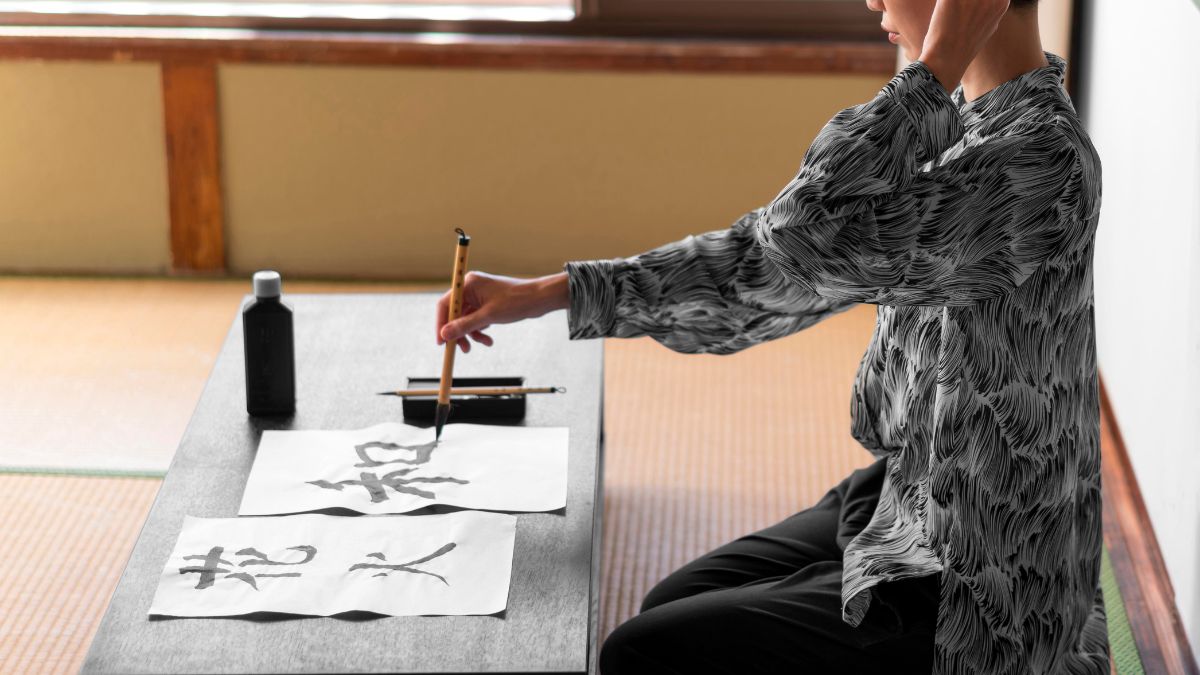Introduction to Jyokyo and its History
Step into the world of Jyokyo, a vibrant tapestry woven from centuries of tradition and cultural heritage. This fascinating practice transcends mere rituals; it embodies an entire way of life that continues to shape contemporary society. As we navigate our fast-paced modern world, the essence of Jyokyo serves as a reminder of where we come from and how those roots influence our daily experiences. Join us on this journey to explore the rich history, enduring values, and artistic expressions born from Jyokyo. Discover how this age-old tradition remains relevant today, offering insights that can enhance your own life in meaningful ways.
The Influence of Traditional Values on Modern Society
Traditional values serve as a foundation in modern society, influencing how we interact and connect with one another. These values often emphasize respect, community, and family bonds. In an age dominated by technology and fast-paced changes, such principles remind us of our roots.
People are increasingly seeking authenticity in their relationships. The importance placed on trust and loyalty stems from these age-old beliefs. This yearning for genuine connection has sparked a resurgence of community gatherings and local events.
Moreover, traditional wisdom often guides decision-making processes today. Whether through ethical considerations or cultural practices, many individuals find solace in looking back at time-honored teachings when faced with challenges.
Amid the rapid advancements of contemporary life, these enduring values help maintain balance. They provide clarity amidst chaos while fostering resilience within communities that honor their heritage.
Jyokyo in Daily Life: Customs and Rituals
Jyokyo weaves itself into the fabric of daily life, manifesting through various customs and rituals. Morning greetings often reflect traditional values, fostering a sense of community.
Seasonal festivals celebrate nature’s cycles, inviting families to engage in age-old practices that honor ancestors. In these moments, individuals not only remember their roots but also strengthen bonds with one another.
Food plays a vital role as well. Preparing and sharing meals is an act steeped in tradition—each dish tells a story of cultural heritage passed down generations.
Ceremonies mark significant life events like weddings or births, incorporating symbolic elements from Jyokyo that resonate deeply within participants’ hearts. These rites serve as reminders of shared identity amid modern pressures.
Even casual encounters are imbued with meaning; respectful gestures echo centuries-old teachings on humility and gratitude, enriching everyday interactions with depth and purpose.
The Impact of Jyokyo on Art, Fashion, and Design
Jyokyo weaves itself into the fabric of art, fashion, and design in profound ways. Contemporary artists draw inspiration from traditional motifs, infusing their work with historical significance. This fusion creates pieces that resonate emotionally while honoring cultural roots.
In fashion, designers embrace Jyokyo’s aesthetics, blending age-old techniques with modern silhouettes. The result? Garments that echo the past yet speak to today’s trends. Patterns derived from traditional fabrics bring a unique flair to contemporary wardrobes.
Interior design also reflects Jyokyo’s influence through minimalist spaces adorned with artisanal elements. Natural materials and handcrafted items create harmonious environments that celebrate authenticity and craftsmanship.
From canvases to catwalks and living rooms, Jyokyo’s essence is an enduring presence—bridging time periods while enriching artistic expression across various mediums.
Challenges Facing the Preservation of Jyokyo
The preservation of Jyokyo faces significant hurdles in today’s fast-paced world. Rapid urbanization often sidelines traditional practices, as modern lifestyles overshadow age-old customs.
Younger generations may struggle to connect with Jyokyo, viewing it as irrelevant or outdated. This disconnect can lead to a decline in participation and interest.
Furthermore, the commercialization of culture poses risks. When traditions are commodified for profit, authentic experiences dilute into mere spectacles for tourists.
Environmental changes also threaten sites where Jyo kyo is practiced. Natural disasters and climate change jeopardize not only physical spaces but also the rituals tied to them.
Funding issues create barriers for cultural organizations aiming to promote and protect these traditions. Limited resources hinder efforts to pass down knowledge effectively through education and community engagement initiatives.
How to Incorporate Jyokyo into Your Own Life
Incorporating jyokyo into your daily life can be a rewarding journey. Start by embracing traditional practices that resonate with you. Simple rituals, like morning tea ceremonies or mindful meditation, can bring clarity and peace.
Explore local events celebrating jyo kyo culture. Attend workshops on traditional crafts or cooking classes focusing on heritage recipes. Engaging in these activities deepens your connection to the past while enriching the present.
You might also consider decorating your space with elements inspired by jyo kyo aesthetics—a balance of simplicity and elegance resonates well in modern homes. Incorporate natural materials, soft colors, and handcrafted items to create an inviting atmosphere.
Share what you’ve learned with friends and family. Host gatherings centered around cultural themes where stories and experiences are exchanged freely. This not only honors tradition but fosters community bonds as well.
Conclusion: Embracing Tradition in a Modern World
Embracing tradition in a modern world offers a unique blend of past and present. It allows us to draw wisdom from our ancestors while navigating contemporary challenges.
The practice of jyokyo enriches daily life, reminding us of the values that ground our existence. As we face rapid change, these traditions provide stability and context.
Incorporating elements of jyokyo into everyday routines can foster connection—both with ourselves and our communities. Simple rituals or customs can have profound impacts on well-being.
Fashion, art, and design are increasingly reflective of this fusion. They celebrate heritage while innovating for the future. Embracing such creativity keeps cultural narratives alive and vibrant.
Engaging with tradition does not mean rejecting progress; it signifies an ongoing conversation between generations. This dialogue shapes identity in enriching ways, allowing each individual to find their place within a larger narrative.
FAQs
What is Jyokyo?
Jyokyo refers to the rich tapestry of traditions and cultural practices that have shaped communities over generations. It encompasses rituals, values, and customs that reflect a society’s historical narrative.
How can I experience Jyokyo firsthand?
You can immerse yourself in Jyokyo by attending local festivals, participating in traditional ceremonies, or visiting cultural sites. Engaging with community members who practice these traditions also provides valuable insights.
Are there modern interpretations of Jyokyo?
Yes! Many contemporary artists and designers draw inspiration from traditional practices, blending them with modern aesthetics. This fusion creates unique expressions that resonate with both past and present influences.
What are some common customs associated with Jyokyo?
Customs may vary widely based on region but often include seasonal celebrations, family gatherings for meals, and specific rites of passage such as weddings or coming-of-age ceremonies.
Can I incorporate aspects of Jyokyo into my daily life?
Absolutely! Simple acts like preparing traditional dishes, celebrating local holidays, or adopting mindfulness practices rooted in tradition can enrich your day-to-day experiences while honoring cultural heritage.

















